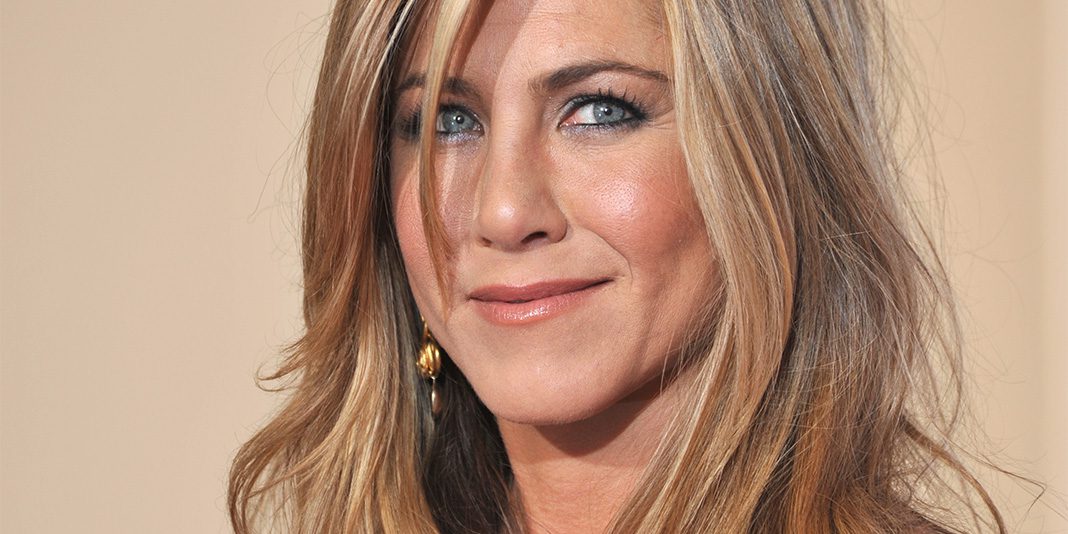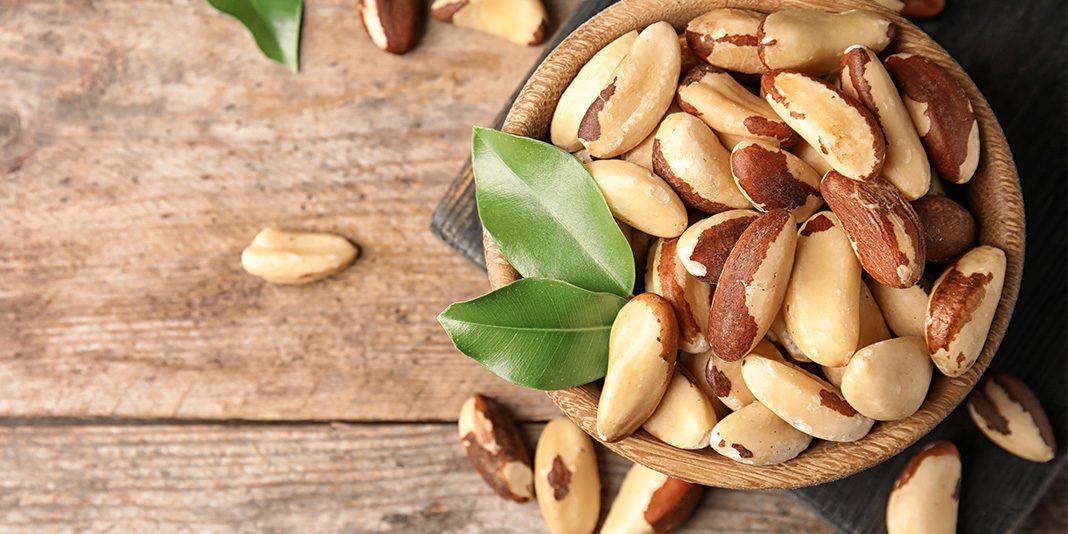Imagine your life without salt: flavorless popcorn, bland soups. Life without the iconic girl in the yellow coat perched on the kitchen shelf or a chorus of “pass the salt” at the dinner table.Salt gives our food flavor and turns an otherwise boring meal into something we might actually savor. But lately, the little white granules that work wonders on a recipe are shaking up quite a bit of controversy, and the USDA calls on us to cut back. Should we?BACKGROUNDAccording to the Centers of Disease Control and Prevention (CDC), the average American eats approximately 3500mg of sodium per day. The current USDA guidelines, released in January 2011, are nearly half that.
The average adult is encouraged to eat only 2300mg of sodium per day (a single teaspoon of salt), and those considered high risk for health problems (meaning African Americans, people over 51, and people with high blood pressure, diabetes or chronic kidney disease) are told to eat only 1500mg of sodium per day. (An order of the Asian Crunch Salad at Applebee’s would give you double that in a single meal.)MORE: Healthy Eating for Better Blood PressureThose who already have hypertension eat a low-salt diet to reduce their risk of stroke, dementia and heart disease. Our bodies have a system of tiny capillaries that keep blood pumping to every nook and cranny and the combination of a high sodium diet with hypertension can lead to dangerous breaks and damage in those delicate pathways. There’s little dispute that, in those cases, a low-sodium diet is called for.But should everyone try a low-salt diet? That’s not so cut and dry.SIDE 1: A low-salt diet is good for your health.The USDA asserts that everyone—hypertensive or not—would benefit from a low-salt diet.The story goes that cutting back on salt will help lower blood pressure across the board, leading to fewer cases of hypertension and cardiovascular disease. Many nutritionists and doctors fall into that camp, and they have studies backing their claims.A 2010 study in the New England Journal of Medicine concluded that cutting back on sodium by 1200mg per day for all age groups, genders and race groups, lowers blood pressure and, as a result, cuts down on cardiac deaths. Another found that a modest salt cutback helps prevent high blood pressure in those who don’t already have it.Another study suggests that physical activity may be the missing link.A four-year study of older adults, ages 65-80 at entry, demonstrated that consuming more than 2300mg of sodium per day (the current USDA recommendation) is associated with a greater risk for cognitive decline, but only in people who lead relatively inactive lives. Physical activity, it seems, may help prevent sodium from damaging the blood vessels.
QUIZ: How Active Are You?“There are a huge number of people who would benefit from sodium reduction,” says lead author Carol Greenwood, Ph.D., professor of nutritional sciences at the University of Toronto. But she warns that, if everyone cuts back on salt, other risk groups will surface—the primary argument for the other side of this coin.SIDE 2: A low-salt diet may harm your health.In the 1980s, the government recommended a low-fat diet, then backtracked in 2000, fearing that the recommendation led to higher calorie intake and a diabetes epidemic.Many experts worry that a low-salt diet will follow in those footsteps.“Our sodium intake has been very constant in the last 50 years”—about 3500mg per day—“and during that time, cardiovascular mortality has dropped by half,” says Alderman. In that light, the USDA recommendations seem a bit unfounded.MORE: Heart Health and BeautyPlus, a low-salt diet may do more harm than good.A hotly debated 2011 study, published in the Journal of the American Medical Association, found that increased sodium consumption had no effect on hypertension, and that low sodium diets were associated with an increased risk of cardiovascular disease. In fact, they found that the rate of cardiac death was as much as 56 percent higher among those on a low-salt diet.Why? “Salt is regulated in the human body, not accumulated,” explains Jan Staessen, M.D., Ph.D., a professor at the University of Leuven in Belgium and lead author of the 2011 study. “If you eat more, you will excrete more.” When salt becomes a scarcity, the body tries to hold onto it. That sets off production of hormones that can raise the risk of heart disease—including one hormone (angiotensin-II), known to damage blood vessels—one possible explanation for the findings.While the merits of the 2011 finding and others like it are hotly debated, experts agree that there’s little basis for the USDA guidelines. “If you’re going to change something so dramatically, you ought to have evidence,” says Michael Alderman, M.D., a professor at Albert Einstein College of Medicine and editor of the American Journal of Hypertension. “The evidence now is inconclusive and insufficient.”Beyond that, the impact may be different for every person. “There is likely to be a very large variation among individual responses to levels of sodium intake,” says Hillel Cohen, Dr.P.H., professor of epidemiology and population health at Albert Einstein College of Medicine. “The responses will be influenced by their individual characteristics and behaviors, their physical and social environment, other nutrient and medication intakes and other things.” Currently, there’s no way to tell who will be affected and how.MORE: Eat Healthy on the Cheap“As we learn more about genetic diversity, we realize that one size doesn’t necessarily fit all when it comes to nutrition advice,” says Greenwood. Until we know more about how each person might respond, ditching salt seems a bit of a gamble.
There’s another, less obvious risk as well: Salt replacements.When low sodium foods are in demand, Alderman points out that food companies have to respond, and the substitutes they use can be more harmful than the original ingredient. He points to trans fats as a prime example: “[When the government cut fats,] the industry discovered trans fats. It turned out that those killed people,” says Alderman. “Salt must have advantages [in a recipe], so they’re going to try to replace it.” It’s the devil you know versus the devil you don’t.THE MIDDLE GROUNDYouBeauty co-founder Michael Roizen, M.D., asserts that any fears about sodium shouldn’t be topping your list. “On a list of nutrients you should be worrying about, I consider sodium number 15 on a list of 15,” he says.Basic nutrition—fresh foods cooked at home—is still the rule of thumb. Greenwood recommends that people who are concerned about sodium simply focus on eating fresh, home-cooked meals. “The brutal reality is that over 80 percent of the salt in our diet comes from processed foods. The salt you’re putting on the table is trivial in comparison.”QUIZ: Do You Eat Pretty?Roizen leaves us with a similar take home message: “If you have high blood pressure, limit sodium. If not, worry about avoiding too many calories, red meat, saturated fat, added sugars, and about getting enough Omega 3’s, potassium, fruits and vegetables way before you worry about sodium.”Unless your doctor specifically advises you otherwise, there’s no need to sweat your salt.



































